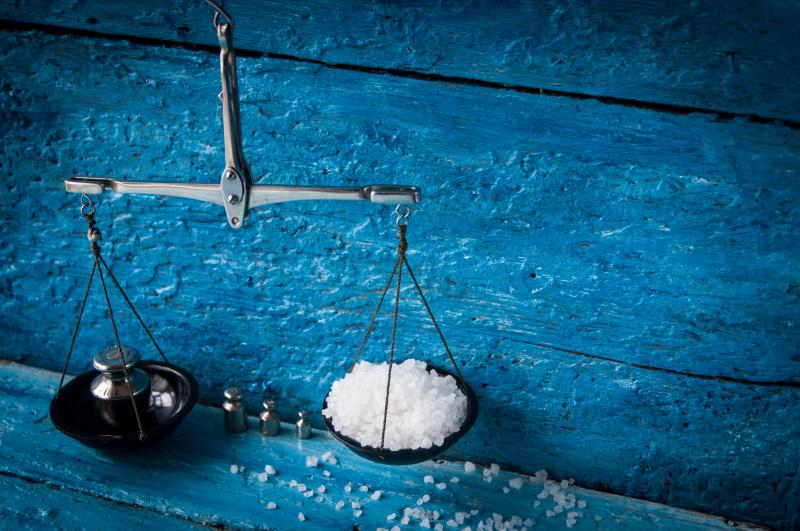
Using a salt substitute consisting of 75 percent sodium chloride and 25 percent potassium chloride can safely reduce the risk of stroke recurrence and death, according to data from the Salt Substitute and Stroke Study (SSaSS) from China.
SSaSS included 15,249 stroke survivors (mean age 64.1 years, 45.9 percent female). These participants were randomly assigned to use either a salt substitute (n=7,703) or regular salt (n=7,546).
The primary outcome was recurrent stroke, defined as any acute disturbance of focal neurologic function leading to death or symptoms lasting more than 24 hours. Mortality from any cause was the secondary outcome, and clinical hyperkalemia was the key safety outcome.
Over a median follow-up of 61.2 months, a total of 2,735 recurrent stroke events (of which 691 were fatal) and 3,242 deaths were documented. Systolic blood pressure decreased by a mean of 2.05 mm Hg (95 percent confidence interval CI, −3.03 to −1.08) from baseline.
Compared with regular salt, salt substitute use was associated with a significantly reduced recurrent stroke events (rate ratio [RR], 0.86, 95 percent CI, 0.77–0.95; p=0.005). Of note, the protective benefit of salt substitute was more pronounced for haemorrhagic stroke, with a relative reduction of 30 percent (p=0.002).
Death rates were also significantly lower with salt substitute vs regular salt (RR, 0.88, 95 percent CI, 0.82–0.96; p=0.003), with larger effects noted for stroke-related deaths (relative reduction of 21 percent; p=0.01).
The incidence of hyperkalemia was similar between the salt substitute and regular salt interventions (RR, 1.01, 95 percent CI, 0.74–1.38; p=0.96).